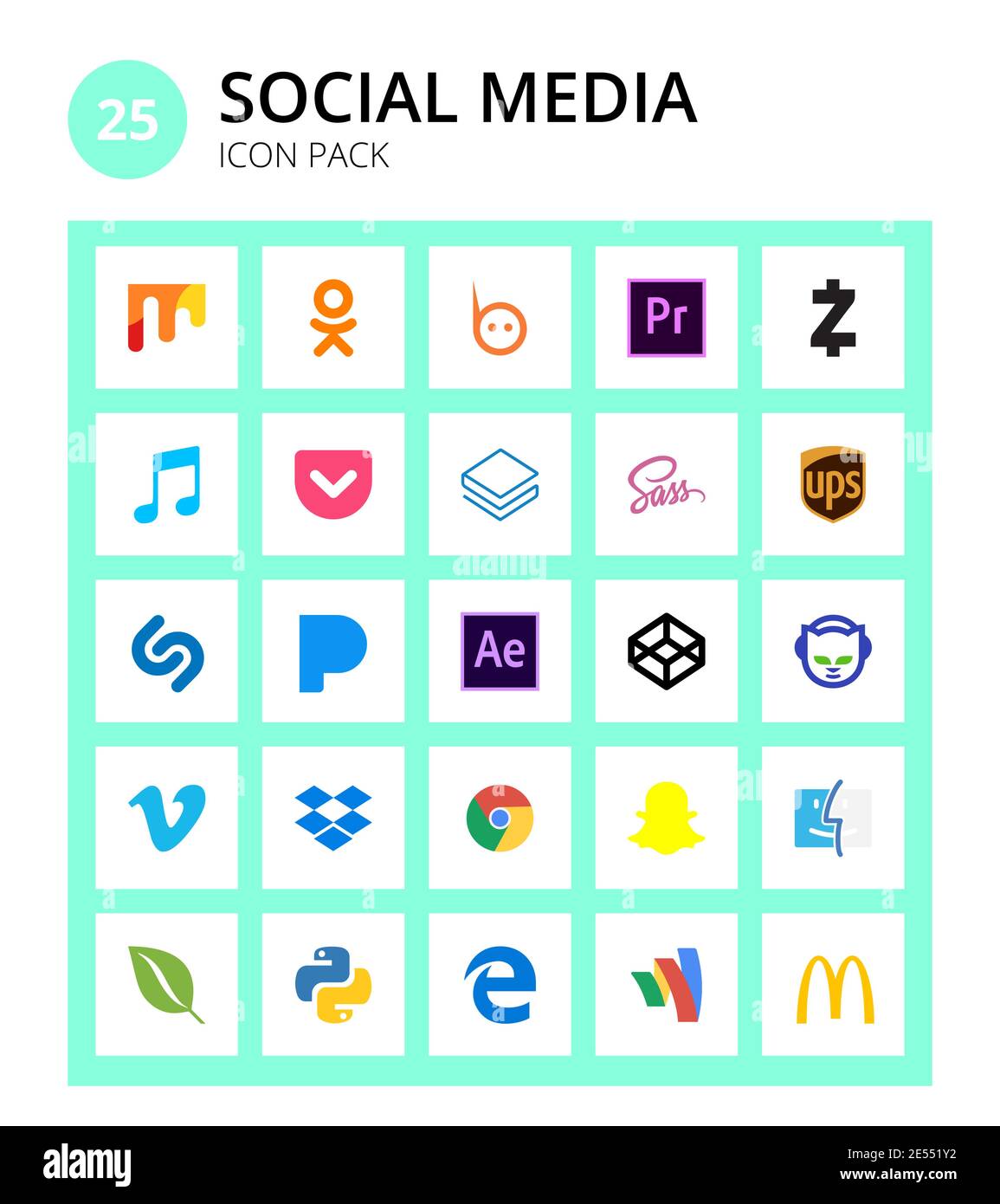

Though animation software itself is raster based, logo source files should be in vector format. This is to make sure that our logo file is set up for animation. We’ll actually begin our logo animation tutorial in Adobe Illustrator (or the equivalent logo design software that you own).
ADOBE AFTER EFFECTS LOGO HOW TO
How to animate a logo with After Effects in 7 steps While we’ll be using Adobe After Effects in this tutorial, most animation software contains similar functionality and the fundamentals of how the software works will apply to any program though the particular names and menu options may differ. As an example, I’ll be working with a logo I made for my personal blog: Story Mode. To this end, I am going to walk you through the basics of logo animation from start to finish. So regardless of how technical and daunting logo animation may sound, even beginners now have the power to create simple but effective animations. Design by OrangeCrushĪt the same time, animation software has also become more ubiquitous, streamlined and intuitive in order to support this growing user base. These days it is possible for even beginners to create logo animations, and we’re going to show you how. So learning how to animate a logo can be a valuable skill to take your logo to the next level.

Of course, the increasing popularity of logo animation means that more and more brands will need it to stay competitive. Between smartphones and the general advancement of internet technology, logos are now encountered much more often in digital spaces, and this opens the door to visual effects such as animation that are not possible with physical products. Given you can get as complex as you like with your logos when you get them into After Effects, but the process is still the same and straightforward.Logo animations are increasingly common these days. That’s it! The entire process (assuming that your files aren’t flattened and too complex) took only about 30 minutes from start to finish. Here’s the result in animated GIF format. Lastly I did a horizontal blur and opacity fade in on the bottom text layer to bring in the text.

I then went to the beginning of the comp and enlarged each heaxagon significantly and moved them off screen with each hexagon going to a different quadrant of the screen. I wanted to give the illusion of a “fly in” effect so I created position and size key-frames for each hexagon about 3 seconds in. I left the bottom text layer and hexagon layer modes as normal as there was no need for them to interact with anything behind them. Told you that information was going to be handy! One for each hexagon and one layer for the text which I decided to animate as one object.įirst I changed my transfer mode for the hexagon layers to multiply to copy the same visual effect that existed in the Illustrator file. This was quite honestly the easiest part but it can be more complicated based on what you do. Each layer popped up perfectly sized and in position. I then imported my Photoshop layers into the project panel then dragged them down into the comp. I created a new comp in After Effects that reflected the size of the video that I’m using: 1280 x 720. Now it’s time to open Adobe After Effects! You must use CMYK and check “write layers” as an option. You could export separate PNGs but I know that After Effects handles PSD files fine. I exported utilizing the PSD export option as that option yields the option to utilize layers. This comes in handy later so note this in your own projects if you copy this workflow! The next step after noting the characteristics of the logo was to export for After Effects. I noted that the layer transfer mode was “Multiply” with the color of the topmost layer multiplying the color values of the layer beneath it. This wouldn’t do for my application and would also result in my needing to animate seven shapes (three overlapping regions) instead of the initial four. If the elements were “flattened” into one layer each overlapping region of the hexagons would be its own shape. Illustrator works in layers with each element occupying its own layer with a respective transfer mode that affects how that layer interacts visually with the layers beneath it. It’s a fairly simple and straightforward design with four overlapping hexagons and a title at the bottom. The initial logo was designed in Adobe Illustrator. Instead, it was requested that I take the existing logo and get creative with it. Initially I came up with a nifty electric laser title for the piece but it came off as potentially intimidating to the target audience of faculty, staff, and students in the Duke community who aren’t that tech savvy. For a recent project I was assigned the responsibility of shooting and editing a short 1 minute promotion for the Technology Engagement Center.


 0 kommentar(er)
0 kommentar(er)
